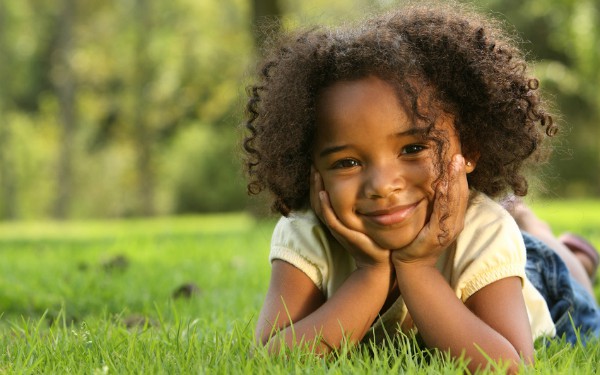
The number of adoption decisions and placement orders made in England each year has remained stable since 2014-15, it was revealed recently. However, the number of adopter approvals is in decline, according to the Adoption Leadership Board. In a new report, they said this fall “reinforces the importance of increasing adopter recruitment and support, especially for harder to place children.”
With fewer adopters available, it becomes even more vital to make a child’s profile as good as it can be. This profile is shown to prospective adopters, and is usually the responsibility of the family finding social worker. It should be based on input from the foster carer and the child themselves, when possible.
In an in-depth guide for Community Care Inform Children, Elaine Dibben of CoramBAAF looks at family finding, including different activites, visiting prospective adopters and the role of the social worker. These are some of her tips on creating a good profile for the child. Inform subscribers can read the full guide and access the adoption knowledge and practice hub.
Ensure a profile conveys a real sense of the child
The value of a good profile cannot be underestimated. Apart from the more recent use of adoption activity days, the first information a prospective adopter is likely to see about a child will be their profile. It is important that the profile gives a good sense of who that child is, their likes and dislikes, and an initial understanding of the family who may be able to meet their needs. Prospective adopters may be drawn to a child because they are described as musical or artistic. They may respond to a child supporting Manchester United or a child who likes dogs. They may also be drawn to the description of the child’s personality:
Douglas is a human noise machine. From the moment he wakes he is laughing, singing, talking and whistling(Cousins, 2007).
When children have a disability it is more helpful to describe the effect rather than just the condition. For example ‘Craig has a global developmental delay’ could be described as:
Craig has recently made great progress in his speech. He can now say a few words and uses some Makaton to communicate (don’t worry we can learn together!)
The profile should be prepared with input from their foster carer and, where possible, the child themselves to ensure they are brought to life in the written profile.
Photographs are also important. They must be up to date and can be chosen to reflect the child – a child in a football shirt, with a cheeky grin or with their sibling/s. The quality of photos and videos is also important – something taken on a phone or by an inexperienced video maker can detract from the images they portray.
In setting out criteria for the family to meet the child’s needs, workers should try to be as flexible as possible. Prospective adopters may rule themselves in or out depending on the messages conveyed in the profile so, for example, stating that they ‘need childcare experience’ could rule out a high proportion of prospective adopters who are coming to adoption following infertility who would bring other skills and experience, or a child who needs two parents could be well matched with a single carer with a strong support network.
References
Cousins, Jennifer (2007), Ten Top Tips for Finding Families, BAAF


 Assistive technology and dementia: practice tips
Assistive technology and dementia: practice tips  A trauma-informed approach to social work: practice tips
A trauma-informed approach to social work: practice tips 




 Find out how to develop your emotional resilience with our free downloadable guide
Find out how to develop your emotional resilience with our free downloadable guide  Develop your social work career with Community Care’s Careers and Training Guide
Develop your social work career with Community Care’s Careers and Training Guide  ‘Dear Sajid Javid: please end the inappropriate detention of autistic people and those with learning disabilities’
‘Dear Sajid Javid: please end the inappropriate detention of autistic people and those with learning disabilities’ Ofsted calls for power to scrutinise children’s home groups
Ofsted calls for power to scrutinise children’s home groups Seven in eight commissioners paying below ‘minimum rate for home care’
Seven in eight commissioners paying below ‘minimum rate for home care’
 Facebook
Facebook X
X LinkedIn
LinkedIn Instagram
Instagram
Quote – When children have a disability it is more helpful to describe the effect rather than just the condition. For example ‘Craig has a global developmental delay’ could be described as:
“Craig has recently made great progress in his speech. He can now say a few words and uses some Makaton to communicate (don’t worry we can learn together!)
Craig sounds largely non-verbal autistic and good clinical assessment would establish this with reasonable certainty even if aged under 5. Autism is a life-long condition. It has many causes including genetic, extreme maltreatment or exposure to alcohol or drugs before/after birth.
I’m not really sure why it is necessary to have a different (and untruthful / unrealistic?) language to describe autistic children who may go on to be adopted. ‘Delay’ gives an impression that there will be catch-up rather than a life-long disability. I’m not sure many people outside the ‘adoption world’ would be comfortable with language like this. I’m not sure adoptive parents or children are well served by this use of language either.